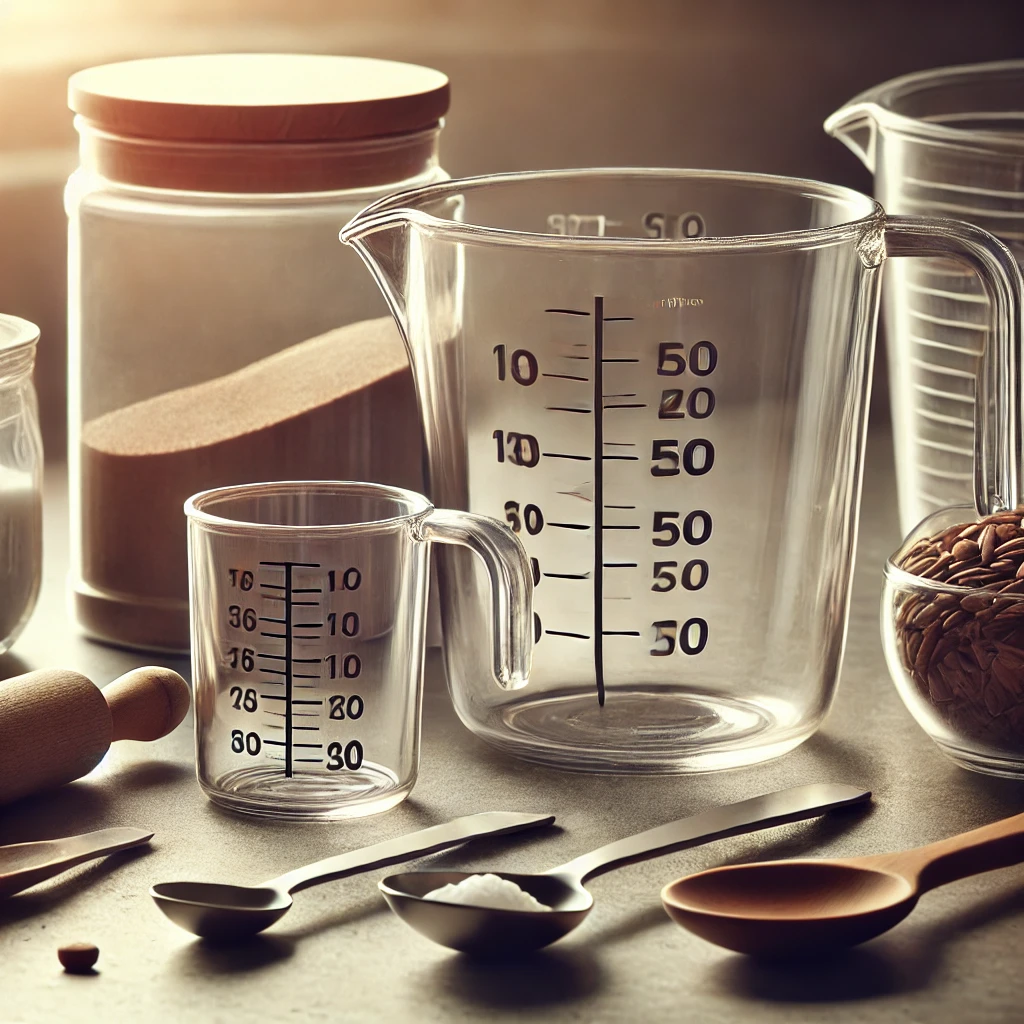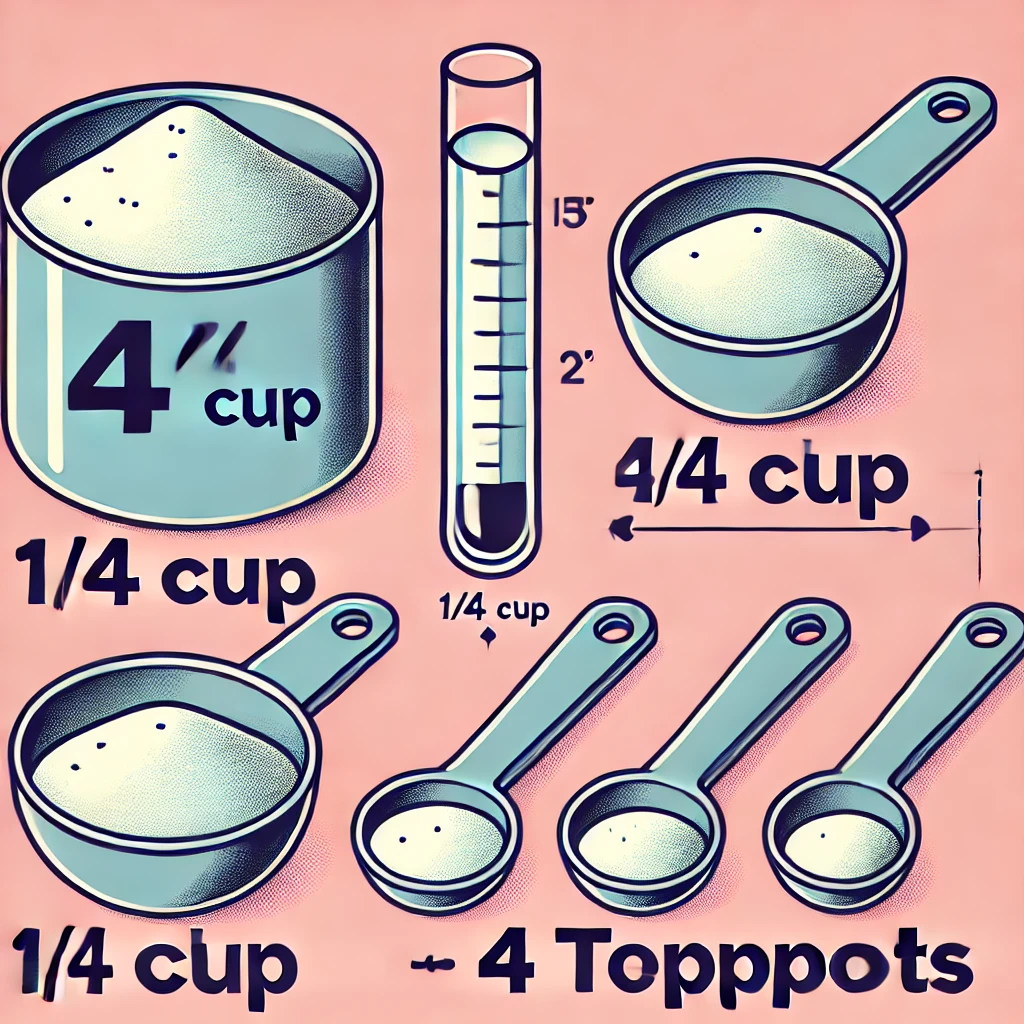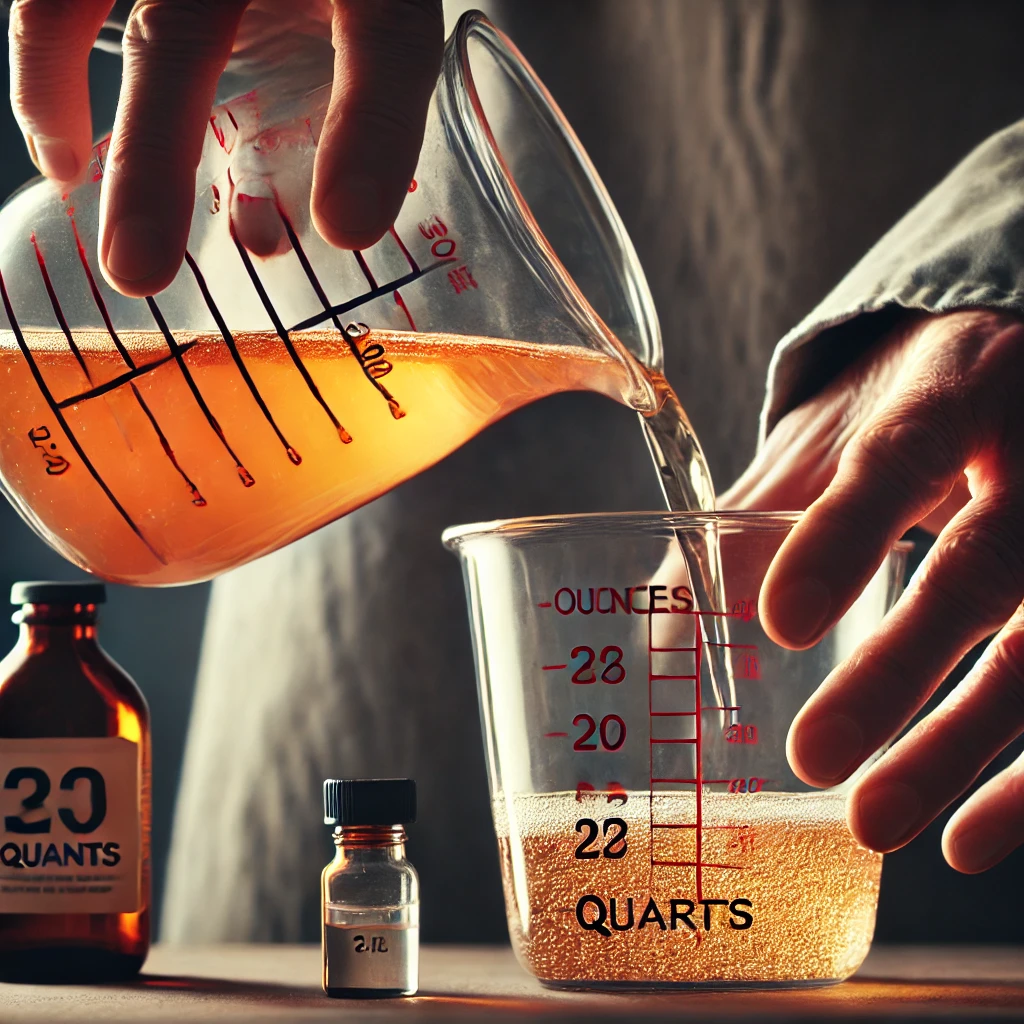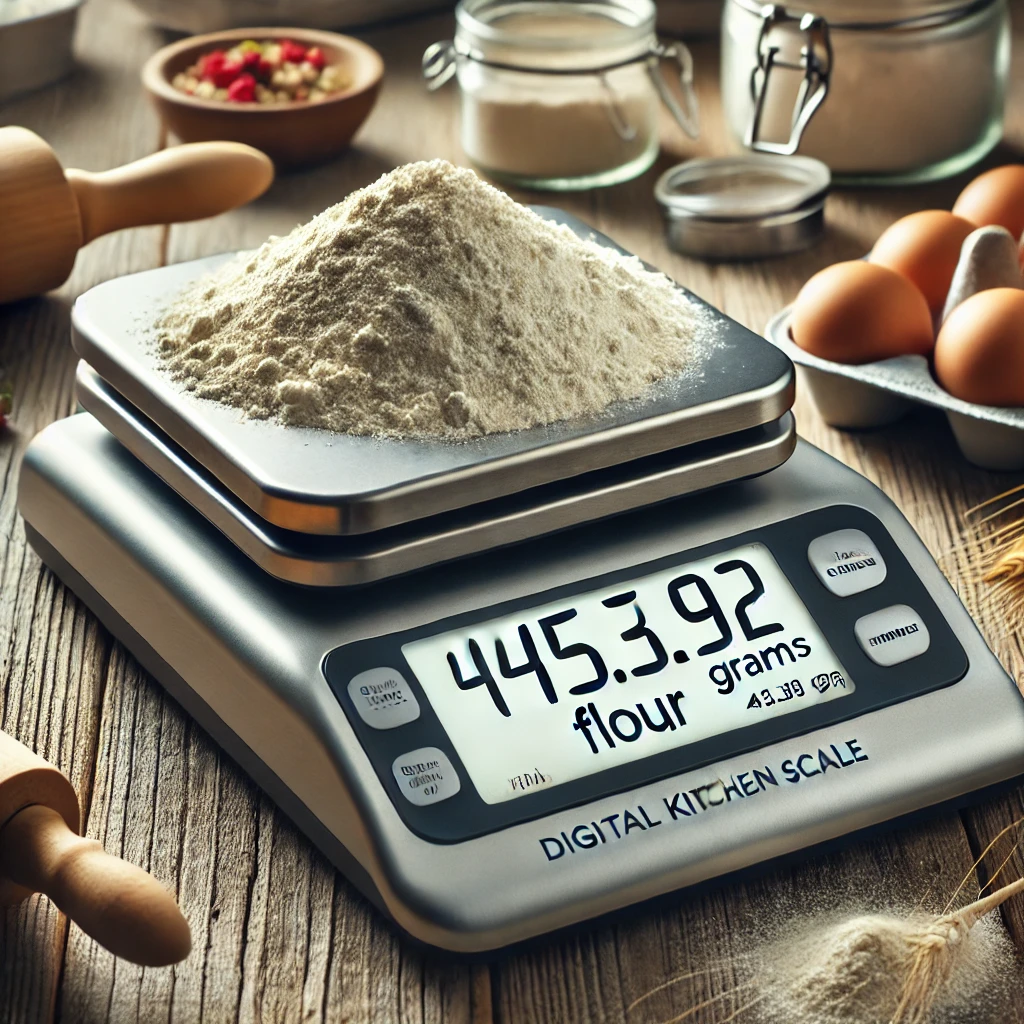How Many Ounces in a Cup- Understanding measurements is crucial for anyone who spends time in the kitchen. Whether you’re baking a cake or cooking a gourmet meal, knowing how many ounces are in a cup can make all the difference in your recipe’s success. This guide will help clarify the conversions, types of ounces, measuring techniques, and practical applications to ensure your culinary creations turn out perfectly every time.
Key Takeaway Section
Summary of key points
- Understanding the difference between fluid and dry ounces is crucial.
- Use the correct tools and techniques to ensure accurate measurements.
- Standard conversions help maintain consistency in recipes.
Also Read: Breaking Down the Acre: How Many Square Feet in an Acre?
Basic Conversion

Definition of a cup and an ounce
A cup is a unit of volume commonly used in cooking to measure liquids and bulk foods. One cup is equivalent to 16 tablespoons or 8 fluid ounces. An ounce, on the other hand, can refer to either a unit of weight (dry ounce) or a unit of volume (fluid ounce). Understanding these basic definitions is essential for accurate measurements in the kitchen.
Standard conversions
In the culinary world, standard conversions are vital. One cup of a liquid ingredient typically equals 8 fluid ounces. For dry ingredients, the conversion can vary based on the ingredient’s density. However, a general rule of thumb is that 1 cup of dry ingredients weighs about 8 ounces.
Types of Ounces
Fluid Ounces vs. Dry Ounces
Fluid ounces measure volume, often used for liquids like water, milk, or oil. Dry ounces measure weight, commonly used for ingredients like flour, sugar, or nuts. It’s important to differentiate between the two to avoid measurement errors. For example, 1 cup of water is 8 fluid ounces, while 1 cup of flour might weigh around 4.5 ounces depending on the method of measurement.
Measuring Techniques
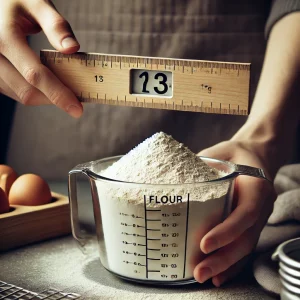
Tools for measuring
Using the right tools is essential for accurate measurements. For dry ingredients, use measuring cups designed for solids. These cups typically come in a nested set. For liquids, use a clear, graduated measuring cup with a spout for easy pouring.
Proper measuring techniques
To measure dry ingredients, spoon the ingredient into the measuring cup and level it off with a straight edge. For liquids, place the measuring cup on a flat surface and read the measurement at eye level to ensure accuracy. Avoid packing ingredients unless the recipe specifically calls for it, as this can lead to inaccurate measurements.
Common Measurement Conversions
Conversion chart
A handy conversion chart can simplify the process of converting ounces to cups and vice versa. Here’s a quick reference:
- 1 cup = 8 fluid ounces
- 1/2 cup = 4 fluid ounces
- 1/3 cup = 2.67 fluid ounces
- 1/4 cup = 2 fluid ounces
Examples of common ingredients
- Flour: 1 cup = approximately 4.5 ounces
- Sugar: 1 cup = approximately 7 ounces
- Butter: 1 cup = 8 ounces (since butter is typically measured by weight)
- Water: 1 cup = 8 fluid ounces
Practical Applications

Real-life scenarios
Accurate measurements are crucial in various scenarios, such as doubling a recipe, scaling down for a smaller batch, or when precise ingredient proportions are vital for the recipe’s success, such as in baking.
Tips for avoiding measurement mistakes
- Always use the correct measuring tool for the ingredient type (dry vs. liquid).
- Level off dry ingredients to avoid packing and ensure accuracy.
- Measure liquids at eye level on a flat surface to prevent parallax errors.
- When in doubt, consult a conversion chart or guide.
Final tips
Always double-check your measurements and tools before starting a recipe. Consistent practice with accurate measuring will lead to better and more predictable results in your cooking and baking endeavors.
Mastering the art of measuring ingredients accurately can elevate your cooking and baking to new heights. By understanding how many ounces are in a cup, the difference between fluid and dry ounces, and using proper measuring techniques, you can ensure your recipes turn out perfectly every time. Happy cooking!
